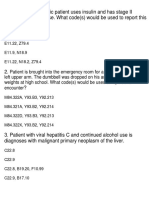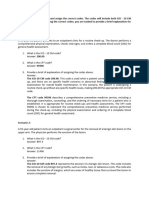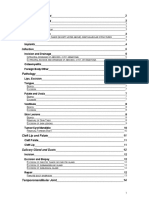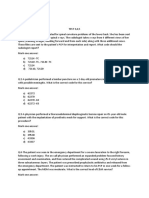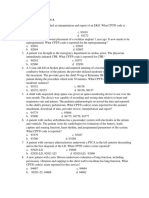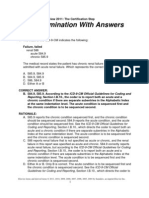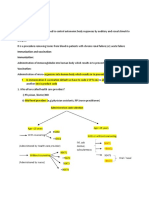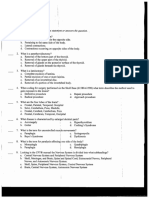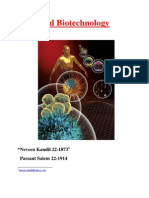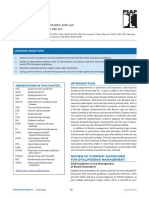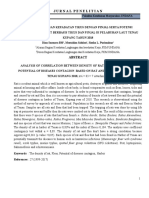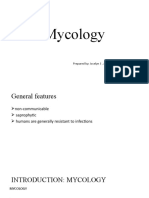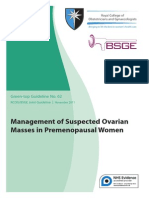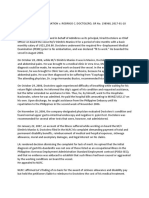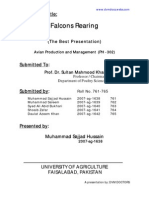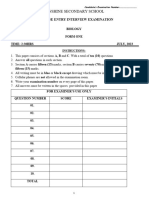100% found this document useful (2 votes)
669 views39 pagesReview On Integumentary System Coding Guidelines
The document provides a comprehensive overview of the Integumentary System CPT Coding Guidelines, covering various procedures such as debridement, biopsy, skin tag removal, and skin replacement surgery. It includes detailed coding ranges for each procedure and emphasizes the importance of accurate coding based on the type and complexity of the procedure. Additionally, it highlights the educational purpose of the presentation and disclaims any liability for errors or misinterpretations.
Uploaded by
sivatechmedia7Copyright
© © All Rights Reserved
We take content rights seriously. If you suspect this is your content, claim it here.
Available Formats
Download as PDF, TXT or read online on Scribd
100% found this document useful (2 votes)
669 views39 pagesReview On Integumentary System Coding Guidelines
The document provides a comprehensive overview of the Integumentary System CPT Coding Guidelines, covering various procedures such as debridement, biopsy, skin tag removal, and skin replacement surgery. It includes detailed coding ranges for each procedure and emphasizes the importance of accurate coding based on the type and complexity of the procedure. Additionally, it highlights the educational purpose of the presentation and disclaims any liability for errors or misinterpretations.
Uploaded by
sivatechmedia7Copyright
© © All Rights Reserved
We take content rights seriously. If you suspect this is your content, claim it here.
Available Formats
Download as PDF, TXT or read online on Scribd
/ 39











